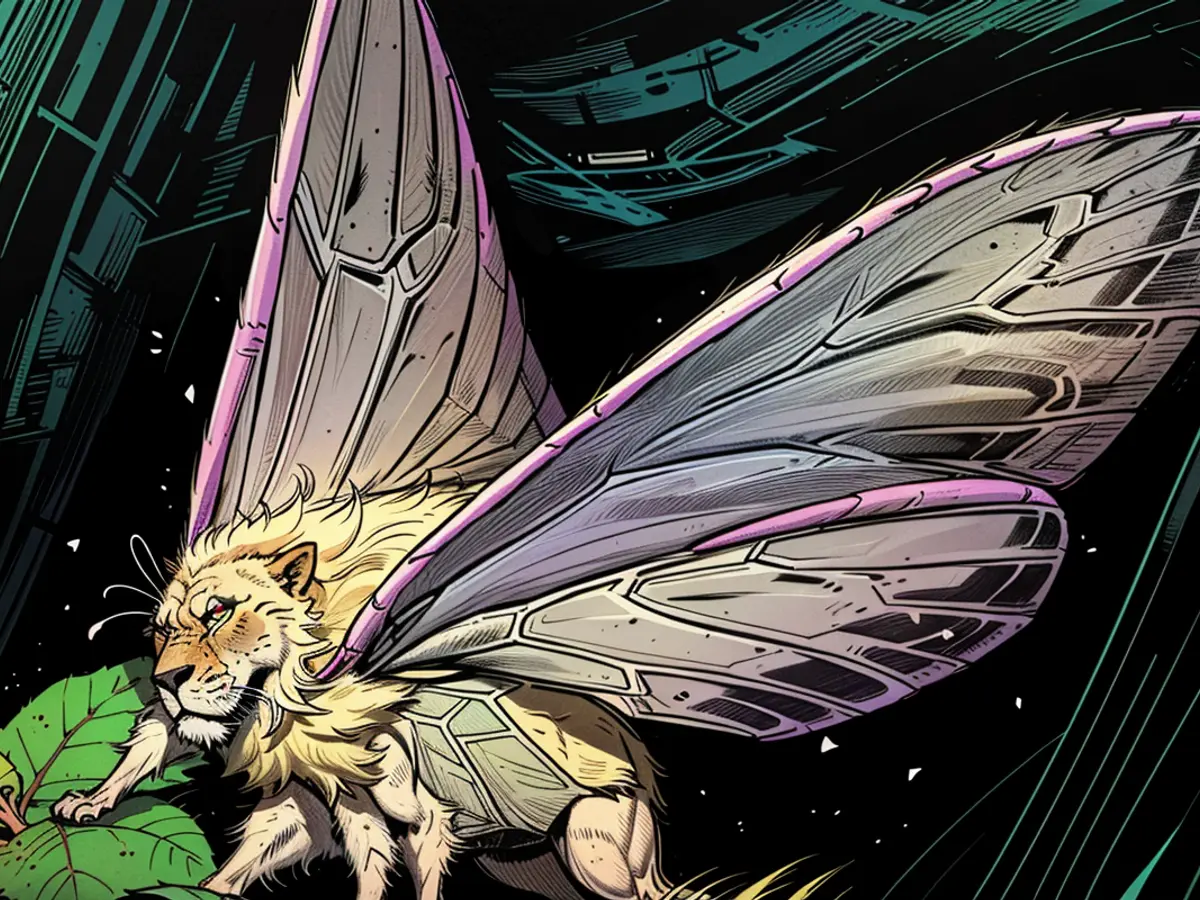- Aerial Dispersal of Cream of Wheat Serving as an Evolutionary Model
These pineapple-hued butterflies, akin to whimsical fairy tale creatures with their delicate tints and untamed hairdos, like the Dryocampa rubicunda, have the ability to spawn new species. This fascinating phenomenon, along with its drab-colored cousin, the tiger moth group Anisota, is outlined in the journal "Proceedings B" from the British Royal Society.
As enchanting as the Dryocampa rubicunda butterfly seems with its delicate colors and wild lion's mane, it can only be spotted under the cover of darkness. On the other hand, the bond shared by the Anisota tiger moth group, shrouded in unassuming earthy tones, is evident during the day.
The 'Disco' gene in their genetic makeup is responsible for this, as asserted by the research group headed by US scholar Yash Sondhi, who conducted the study at Florida International University and the Florida Museum of Natural History. This gene regulates the day-night cycle of insects and functions differently in these two butterflies.
It's highly probable that alterations in the 'Disco' gene caused the modern-day Dryocampa butterflies to shift to nocturnal flight, thus splitting into two distinct species from a single one. The females of the Anisota butterflies are active during twilight and early evening, while the males prefer the day, according to the researchers.
It wasn't all that long ago
The original species split just "recently" in evolutionary terms, about 3.8 million years ago. Today, the two resulting species are among the smallest tiger moths in North America.
New species often emerge when populations are geographically isolated, for instance, by a mountain range. They evolve independently and eventually lose the capacity to produce fertile offspring through interbreeding.
However, the precursors of Dryocampa and Anisota inhabited the same region. How does this lead to the formation of distinct species in such instances?
A genetic matter
Initially, Sondhi suspected disparities in color perception as the foundation for the separation of day-active and night-active creatures. Yet, this wasn't the case; instead, there were variations in the so-called clock genes that regulate the day-night cycle of plants and animals.
The production of proteins in increasing and decreasing amounts causes cells to become active or dormant, as the researchers clarify. These genes impact everything within the body, from metabolism and cell growth to blood pressure and body temperature.
According to Sondhi and his team, the nocturnal butterflies with the bonbon-inspired coloring invested more energy in their sense of smell, while their diurnal relatives put more effort into genes related to vision.
The 'Example of a sample' genetic changes in the Dryocampa and Anisota butterflies led to their distinct day-night habits. This shift in gene regulation, akin to an 'Example of a sample' alteration, significantly impacted their lifestyles and behaviors.







